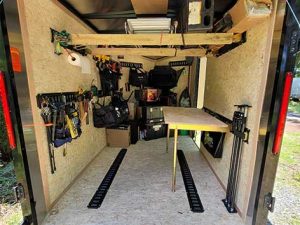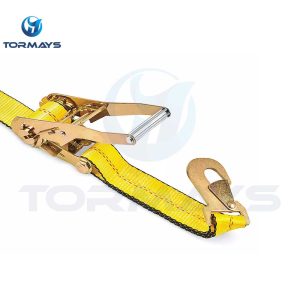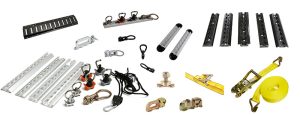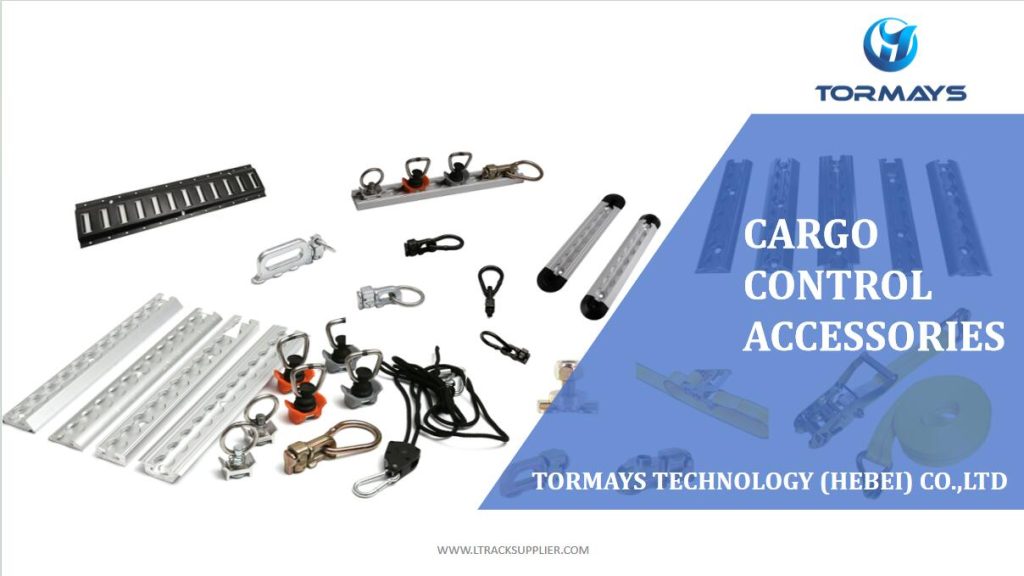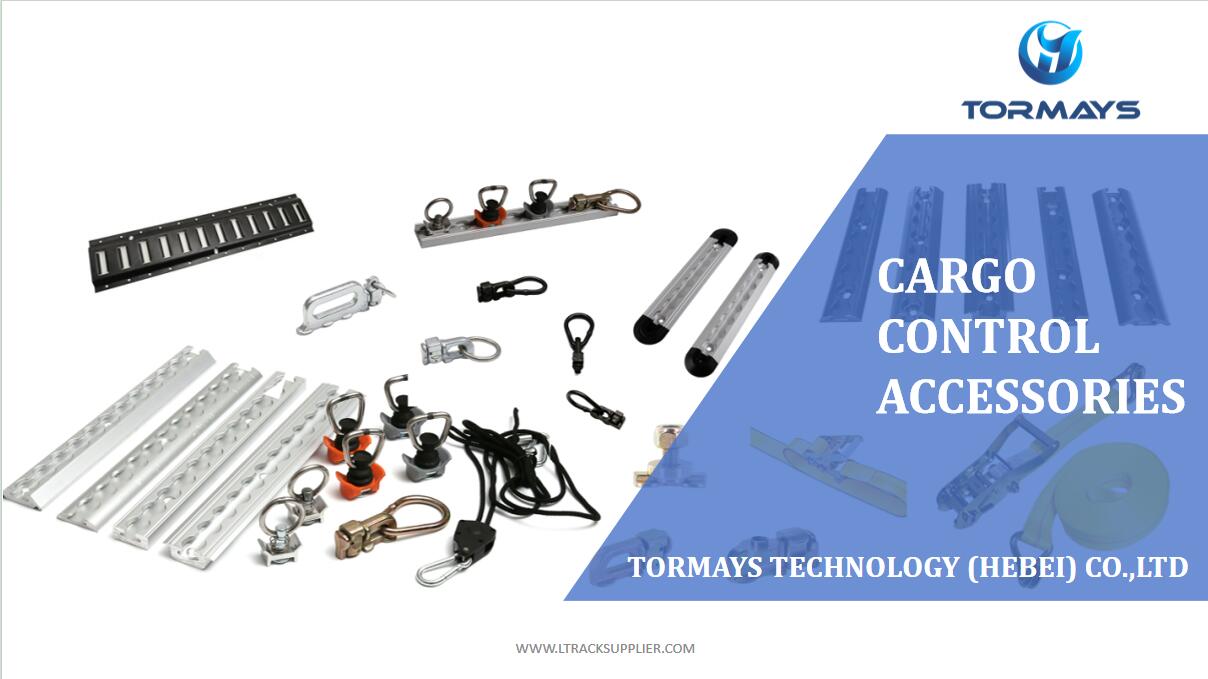When it comes to ensuring accessibility, few tools are as essential as portable wheelchair ramps, especially for vehicles. These ramps make it possible for individuals using wheelchairs to enter and exit vehicles with greater ease, independence, and safety. In this article, we’ll explore everything you need to know about portable wheelchair ramps for vehicles, from their benefits and types to considerations for choosing the right one.
Why Portable Wheelchair Ramps Matter
Accessible transportation is essential for people with mobility impairments, and having a reliable, portable ramp can dramatically enhance freedom and flexibility. Unlike fixed ramps, portable ramps are lightweight, foldable, and easy to store, making them ideal for on-the-go use. With a portable wheelchair ramp, individuals can access various types of vehicles without relying solely on others or more costly, permanent accessibility solutions.
Benefits of Portable Wheelchair Ramps:
1. Independence and Freedom
Portable wheelchair ramps allow users to enter and exit vehicles without requiring constant assistance, which can significantly boost their sense of independence.
2. Flexibility and Convenience
These ramps are easily storable and can be used across multiple locations and vehicles, making them versatile solutions for different accessibility needs.
3. Cost-Effective Solution
Compared to vehicle modifications or permanently installed ramps, portable wheelchair ramps are generally more affordable, providing an accessible option for a wide range of budgets.
4. Increased Safety
Portable ramps are designed with safety features, such as slip-resistant surfaces, to minimize the risk of accidents.
Types of Portable Wheelchair Ramps for Vehicles
Portable wheelchair ramps come in various designs tailored to different needs. Below are the most common types:
1. Folding Ramps
Folding ramps, as the name suggests, can be folded in half or multiple sections, making them compact and easy to transport. Most folding ramps have handles, allowing them to be carried like a suitcase. This style of ramp works well for minivans, SUVs, and cars where space is limited.
2. Telescoping Ramps
Telescoping ramps are designed with two separate tracks that extend to the desired length. These ramps are adjustable, making them suitable for various vehicle heights and entry points. They’re lightweight and easy to store but can require some setup and alignment for safe use.
3. Suitcase Ramps
Suitcase ramps are similar to folding ramps but come with a handle and are folded in a way that resembles a suitcase when not in use. These ramps are highly portable and convenient for quick setup and use, making them ideal for short trips and everyday use.
4. Roll-Up Ramps
Roll-up ramps are lightweight ramps that can be rolled for storage. While not as robust as other ramp types, they can be a good choice for quick, light use with smaller vehicles or low steps.
5. Threshold Ramps
Threshold ramps are generally shorter ramps that help individuals overcome slight inclines, such as the gap between a vehicle’s threshold and the ground. These ramps can complement other types, helping to bridge smaller height differences where other ramps might not be necessary.
Key Considerations When Choosing a Portable Wheelchair Ramp
Selecting the right wheelchair ramp requires some thought, as there are several factors to consider. These include weight capacity, length, material, ease of use, and safety features. Here are some important considerations:
1. Weight Capacity
Always check the weight capacity of the ramp to ensure it can safely support the wheelchair and user. Most portable ramps have weight limits between 600 and 800 pounds, though some may be rated higher for power chairs or heavier loads.
2. Length of the Ramp
The length of the ramp impacts its incline and usability. For vehicles with higher entries, a longer ramp will be required to create a gentle slope that’s easier to navigate. Generally, longer ramps provide a smoother gradient, but they may be heavier and more challenging to store.
3. Ramp Material
Ramp materials affect both the durability and weight of the product. Common materials include aluminum, steel, and fiberglass. Aluminum ramps are often the most popular choice because they’re lightweight, corrosion-resistant, and strong. Steel ramps are heavier but provide extra durability, while fiberglass ramps offer a balance between weight and strength.
4. Portability and Storage
Since portability is key, consider the ramp’s folded dimensions and weight. A lighter ramp may be easier to handle but may have a lower weight capacity. Additionally, think about where you’ll store the ramp when it’s not in use—whether in the trunk of the vehicle or at home.
5. Safety Features
Safety features are critical for a reliable ramp. Look for slip-resistant surfaces, raised edges (curbs) to prevent rolling off, and secure locking mechanisms. Some ramps also feature reflective surfaces for better visibility in low light conditions.
Installing and Using Portable Wheelchair Ramps for Vehicles
Setting up a portable wheelchair ramp is generally straightforward, but it’s essential to follow instructions for safe installation and use. Here are a few steps to keep in mind:
1. Position the Ramp
Place the ramp securely against the vehicle’s entry point, ensuring it’s stable and does not wobble. Most ramps have a “lip” or extension that rests on the vehicle’s edge for stability.
2. Check the Angle
Ensure that the incline of the ramp is not too steep. If it is, it may pose a safety hazard and make entry or exit challenging.
3. Secure the Ramp
Some ramps come with pins, straps, or locks to secure them to the vehicle. This helps prevent the ramp from shifting or moving as it’s used.
4. Use with Care
For safety, the wheelchair user should move slowly up or down the ramp, using assistance if necessary. It’s often safer for power chair users to go up and down ramps in reverse.
5. Store Properly
Once you’re done using the ramp, fold or roll it up and store it in a safe location, such as the vehicle’s trunk, to prevent it from damage.
Maintaining Your Portable Wheelchair Ramp
To ensure your ramp remains in good working condition, regular maintenance is essential:
1. Inspect for Damage
Regularly check your ramp for any signs of wear, rust, or other damage. Even a small crack or flaw can pose a safety risk.
2. Clean the Ramp
Keep your ramp free from dirt, mud, and other debris that could cause slipping. A quick wipe-down after each use can help extend the life of your ramp.
3. Store Properly
When not in use, store the ramp in a dry place. Avoid leaving it in extreme weather, as this could lead to material degradation over time.
Conclusion
Portable wheelchair ramps for vehicles are indispensable tools that offer mobility, safety, and freedom to individuals with limited mobility. By selecting the right ramp and following safety protocols, users can enjoy a higher level of accessibility in their everyday lives. Whether it’s for a car, SUV, or van, there’s a ramp out there to meet various needs and budgets. When shopping for a ramp, consider factors like length, weight capacity, material, and portability to ensure you’re getting the best possible solution for your mobility needs.
With the right portable wheelchair ramp, you’ll find that independence, freedom, and confidence in mobility are more attainable than ever.

